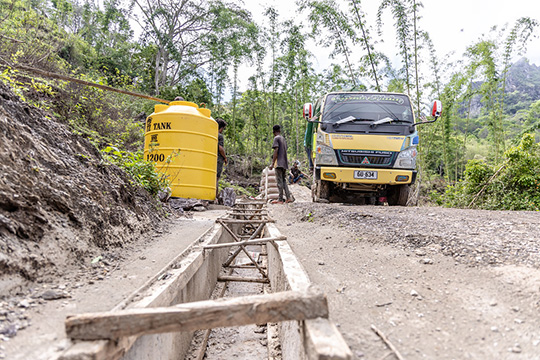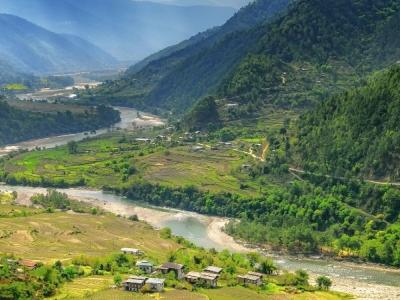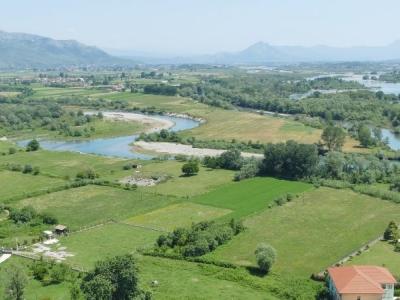Around the world, the impacts of climate change – rising temperatures, shifting patterns of rainfall, more frequent and intense extreme weather, and rising sea levels – will affect all types of infrastructure from energy and transport to water, waste, and telecommunications. Ensuring the climate change resilience of infrastructure will help to protect lives and livelihoods, reduce direct losses as a result of extreme weather events, and play a key role in meeting the mitigation targets of the Paris Agreement, as well as to meet national development aspirations.
Working with a range of partners, and drawing on ecosystem-based adaptation approaches, UNDP is supporting countries to climate-proof rural and urban infrastructure and to advance resilient infrastructure planning. Under the global adaptation portfolio, this work ranges from flood and coastal protection measures to early warning systems to support for enhanced planning and policymaking.














